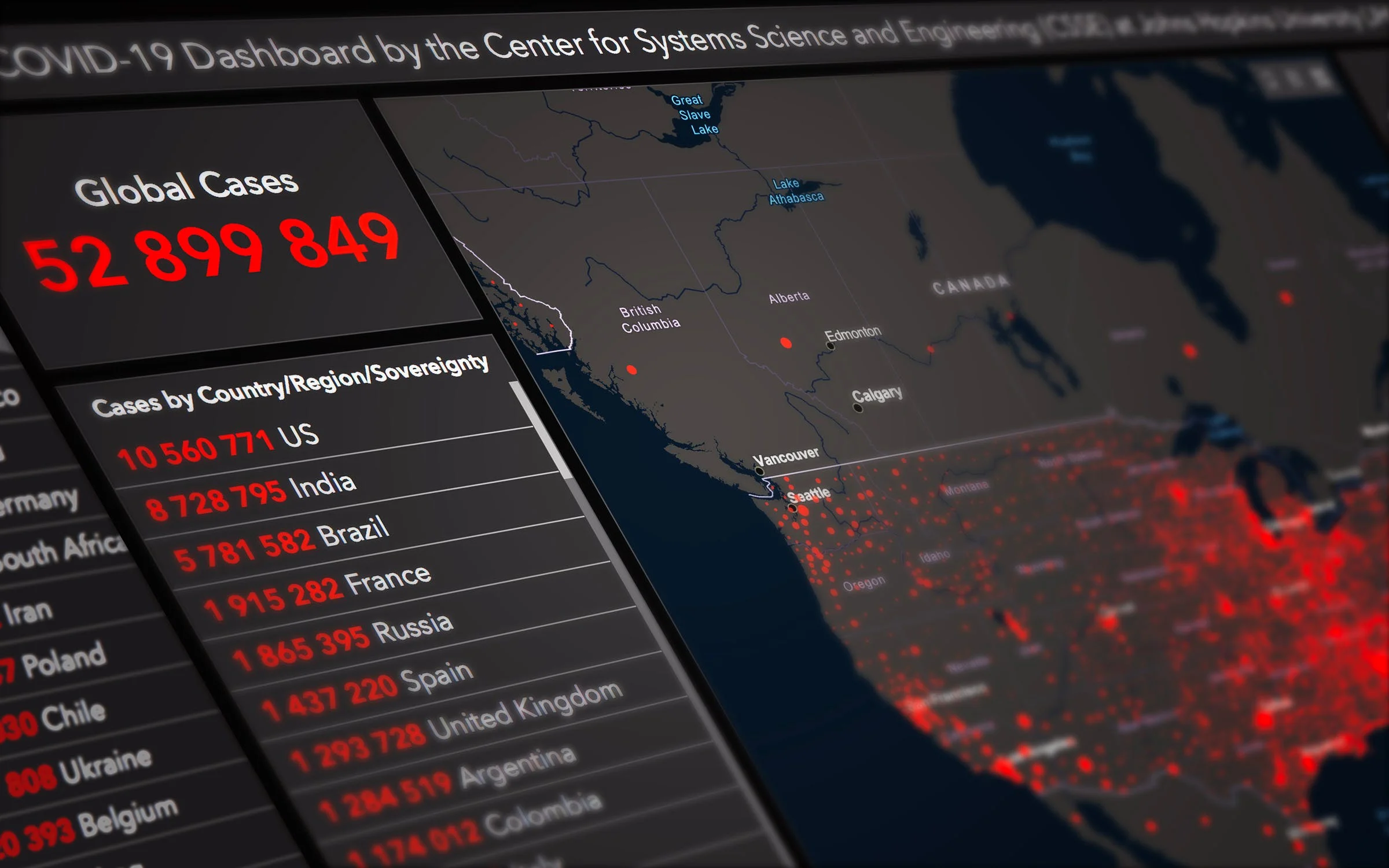
Artificial intelligence (AI) and machine learning (ML) have transformed the data mapping landscape. By enabling businesses to map complex, multi-dimensional customer data streams smartly, securely, and quickly, these transformative technologies have strengthened decision-making and value generation.
The best part is that AI and ML have made things fast and simple not only for IT integrators but also for non-technical business users. That is to say, non-techie business users can leverage AI-enabled technologies to implement data mappings and data connections with ease, speed, and precision. At the same time, IT integrators can focus on driving other priority projects for innovation and growth.
But before we go deep into the power of AI data mapping and how it adds value to a business, it’s crucial to understand data mapping and associated challenges in detail. Then, we’ll discuss how AI data mapping solutions are helping companies overcome those challenges and drive business value.
What is the Purpose of Data Mapping?
The data mapping process involves matching diverse fields from one database to another. It enables businesses to homogenize disparate data streams to make them accessible to decision-makers. Let’s take an example for better understanding.
Suppose the state field in a database may show Illinois as “Illinois,” but the destination may store it as “IL.” Now, data mapping bridges the difference between two systems, so that when data is moved from a source, it is accurate and usable at the destination.
Data mapping has been a common business function for some time. But with the amount of data and sources increasing each day, it has become more challenging. In fact, it’s not practical to manage such complex data through traditional methods.
Table of Contents
What Are its Primary Use Cases?
Data mapping can assist businesses in four primary areas:
1. Data Transformation:
Data is available in multiple formats, such as XML, JSON, HTML, etc. Now, companies will need a data mapping solution to transform this data into a specified format. Data mapping is actually the first step of data transformation, and it brings data to a staging area, where the transformation process can happen. Finally, the transformed data is moved to the final destination.
2. Data Integration:
The source and target databases must have the same structure for successful integration. But it is a rare occurrence. Data mapping enables companies to bridge the differences in schemas of source and target databases through data transformation and conversion. Consequently, businesses can easily integrate information from different points.
3. Data Migration:
Data migration is the process of moving data from one database to another, which requires a data mapping tool. Once data is mapped, it is moved from source to destination.
4. Data Warehousing:
The transformed and integrated data finally resides in a data warehouse. Data mapping ensures that data reaches its destination safely.
What Are its Challenges?
Companies face many challenges while mapping data through traditional methods, such as:
Increased Data Complexity: Disruption has caused a sudden increase in the volume of data. The types and formats of data have also increased. Mapping such complex data isn’t easy. It requires the support of expensive IT engineers to map such complex data streams, which takes time, money, and effort.
Delays and Inaccuracies: IT engineers take a lot of time, sometimes weeks or months of calendar time, to map and integrate complex data streams. Also, the risk of inaccuracies like missing value, duplicities, etc. can meddle with the outcomes. It negatively impacts processes of insights delivery and decision-making.
Overburdened IT: Because IT teams are busy writing codes for mapping and integrating data, they fail to drive other strategic tasks. Thus, the company isn’t able to innovate and grow faster.
How Does AI Enable Businesses to Overcome the Challenges and Stay Ahead?
AI-enabled solutions have enabled businesses to overcome these challenges by making data mapping simple, fast, and accurate.
These solutions use machine learning algorithms to make data mapping predictions from an existing library of tested and validated data maps. The predictions are then used to map complex, multi-dimensional data streams. Since algorithms are used, the accuracy and speed of the process are beyond par. Users can use these intelligent data mappings to support new business connections. At the same time, IT can focus on other business priorities. Since AI and machine learning enable users to map and integrate data faster, companies can quickly create connections, deliver value to customers, and accelerate revenue.
Final Word
AI-enabled data mapping is the present, it’s the future. Companies must rely on AI-enabled solutions to speed up data mapping processes and stay ahead. These solutions add value to organizations by enabling them to make better decisions and create new revenue streams.
Originally posted 2022-05-12 23:07:45.
Hello, I am a professional writer and blogger at Adclays.com. I love to explore the latest topics and write on those topics. I spend the maximum of my time on reading and writing interesting topics which provide valuable piece of information to my readers whether it comes to the latest fashion, technology, healthy lifestyle, business information, etc. Explore my writings by visiting the website.